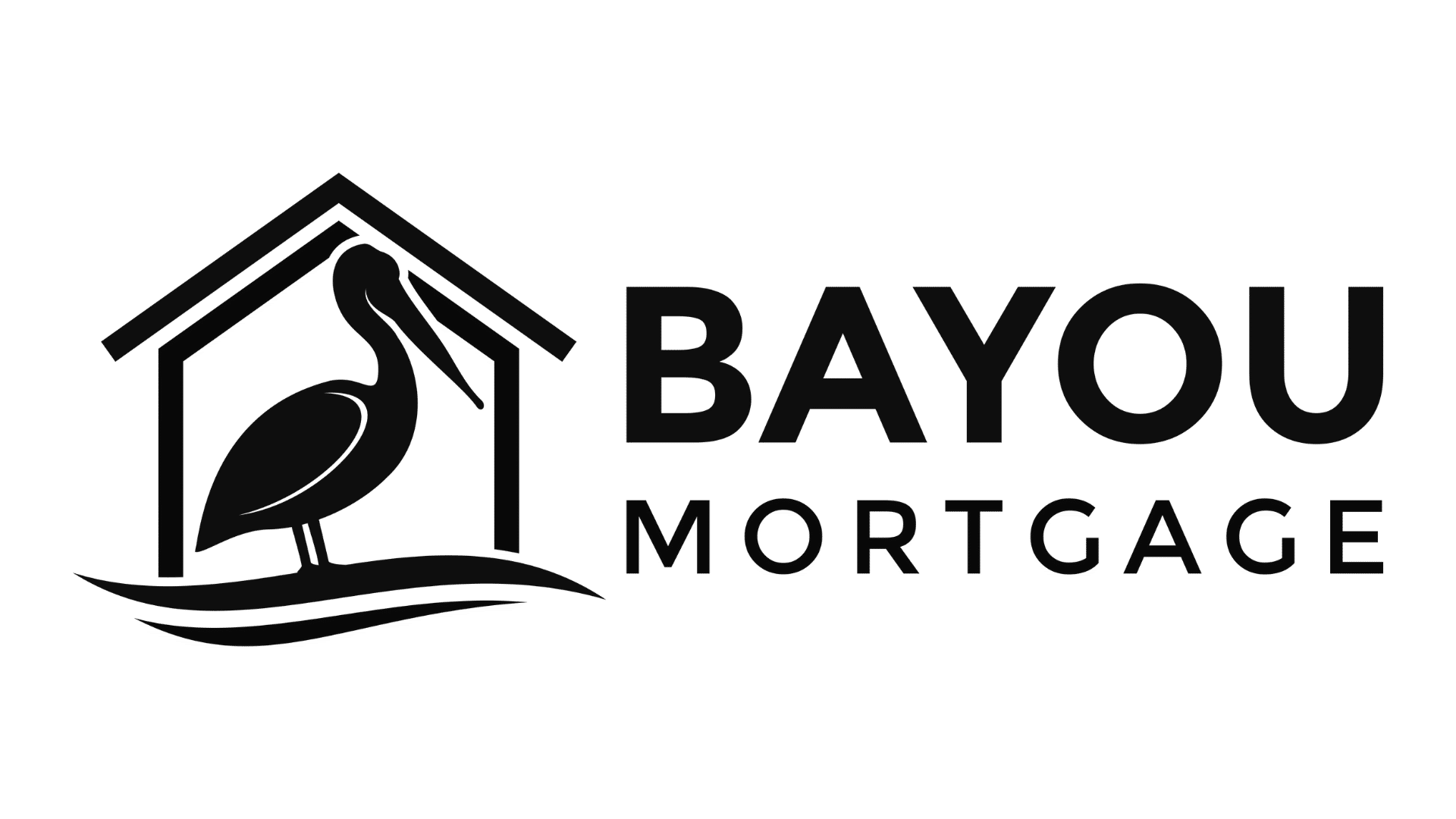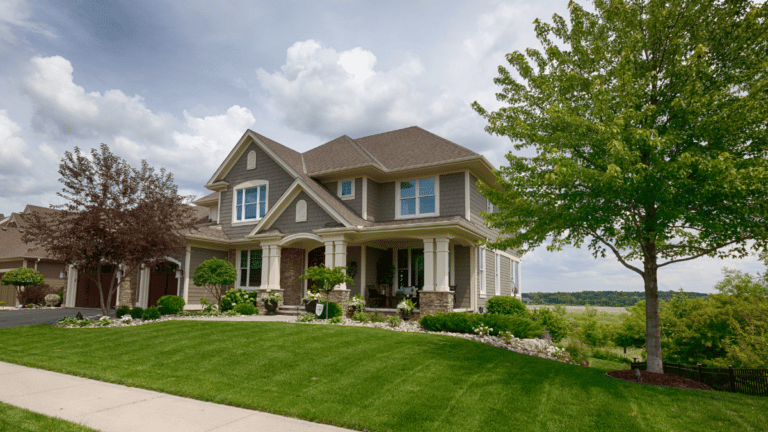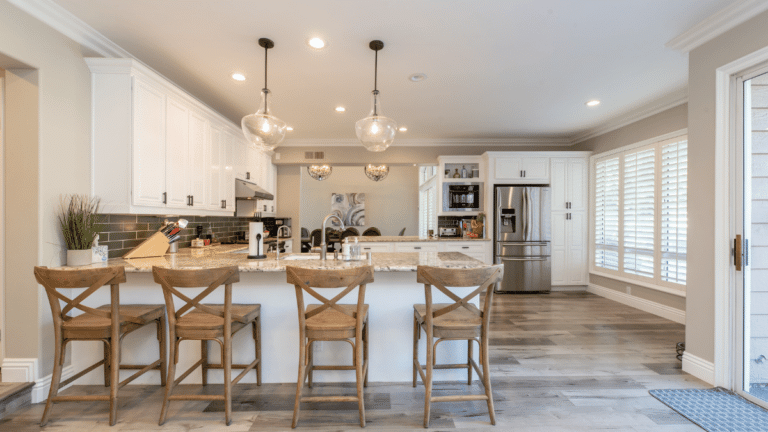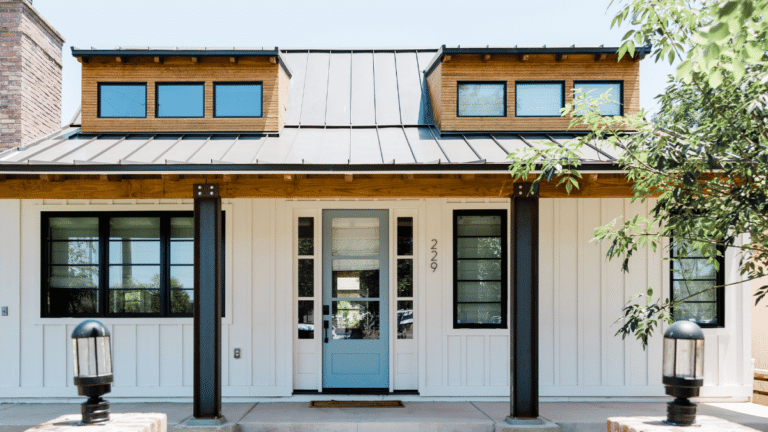Understanding Mortgage Payments
Mortgage payments are a crucial aspect of homeownership, representing the borrower’s obligation to repay the loan used to purchase the property. These payments are typically made monthly and cover several components, including the principal, interest, taxes, insurance, and sometimes, homeowners association (HOA) fees. Understanding each part is essential for effective financial management and planning.
- Principal: This is the portion of your payment that goes toward reducing the amount you originally borrowed.
- Interest: This is the cost of borrowing money, calculated as a percentage of the principal.
- Taxes and Insurance: Most lenders require you to pay property taxes and homeowners insurance as part of your monthly payment, which may be held in an escrow account and paid by the lender when due.
- HOA Fees: If applicable, these fees cover the maintenance of common areas and other services provided by a homeowners association.
What Is Your Principal Payment?
Your principal payment is the portion of your monthly mortgage payment that goes directly toward reducing the balance of your loan amount. Initially, this part of your payment will be smaller compared to the interest portion, due to the way loans are amortized. However, as you continue to make payments over time, the principal portion increases, which accelerates your equity in the home.
- Direct Impact on Loan Balance: Each principal payment reduces your remaining loan balance, directly affecting how much of the property you own outright.
- Equity Building: As your loan balance decreases with each principal payment, your equity—or the portion of your home you actually own—increases.
What Is Your Interest Payment?
The interest payment is the part of your monthly mortgage that goes toward paying the interest cost of your loan. The interest is essentially the fee you pay to the lender for borrowing the principal amount. At the start of your loan term, the interest payment constitutes a larger portion of your monthly payment due to the higher outstanding balance.
- Interest Calculation: Interest is calculated on the remaining principal balance of your loan, so as you pay down your principal, the amount of interest you pay each month decreases.
- Changes Over Time: In the early years of your mortgage, you’ll pay more in interest, but as the balance lowers, more of your monthly payment goes toward the principal.
These sections deepen the understanding of the principal and interest components of a mortgage payment, laying the groundwork for further exploration into how interest rates are determined and what else might be included in your monthly payment. Let’s proceed to the next sections upon your request.
How Is Your Interest Rate Determined?
The interest rate on your mortgage is a critical factor that influences the total cost of your loan and your monthly payments. Several key elements determine this rate:
- Credit Score: Lenders use your credit score as an indicator of your risk as a borrower. Higher scores typically qualify for lower interest rates.
- Loan Type: The type of mortgage you choose, whether it’s a fixed-rate, adjustable-rate, or another type, affects your interest rate.
- Loan Term: Shorter loan terms often have lower interest rates than longer terms, reflecting the shorter time frame the lender’s money is at risk.
- Market Conditions: Overall economic factors, including inflation, the Federal Reserve’s policies, and demand for mortgages, influence interest rates.
- Down Payment: A larger down payment can reduce your loan-to-value ratio, potentially qualifying you for a lower interest rate.
Lenders combine these factors to determine the interest rate offered to you. It’s a personalized process that reflects both market conditions and your financial situation.
What Else Is Included In Your Monthly Payment?
Beyond principal and interest, your monthly mortgage payment may include several other components, commonly referred to as PITI (Principal, Interest, Taxes, and Insurance):
- Property Taxes: Your lender may collect a portion of your estimated annual property taxes each month to be held in an escrow account. When taxes are due, the lender pays them on your behalf.
- Homeowners Insurance: Similar to taxes, a portion of your homeowners insurance premium may be collected and held in escrow for payment when due.
- Private Mortgage Insurance (PMI): If your down payment is less than 20%, you’re typically required to pay PMI, which protects the lender in case you default on your loan.
- HOA Fees: If your property is in a homeowners association (HOA), these fees may also be included in your monthly payment or paid directly to the HOA.
Will My Principal or Interest Ever Change?
The stability of your principal and interest payments largely depends on the type of mortgage you have. Here’s how they can change over time:
Fixed-Rate Mortgages:
- Principal and Interest: For fixed-rate mortgages, the amount of principal and interest you pay each month remains the same throughout the life of the loan. The stability comes from locking in an interest rate when you obtain the mortgage, which is not affected by market fluctuations.
- Changes in Payment: While the principal and interest portion remains constant, the total monthly payment can still change if there are adjustments in property taxes, homeowners insurance, or changes in other escrowed items.
Adjustable-Rate Mortgages (ARMs):
- Interest Changes: With ARMs, your interest rate is fixed for a certain initial period, after which it adjusts at predetermined intervals based on a specific index plus a margin. This means your interest payments can increase or decrease.
- Principal Payments: The portion of your payment that goes towards the principal may vary as interest adjustments change the total monthly payment. However, making additional principal payments can offset interest rate adjustments.
Interest-Only Mortgages:
During the interest-only period, you’re only required to pay interest, meaning the principal remains unchanged. Once this period ends, you start paying off the principal, which can significantly increase your monthly payments.
Factors Leading to Changes:
- Refinancing: If you refinance your mortgage, your principal and interest payments can change based on the new loan terms, interest rate, and loan amount.
- Loan Modifications: Changes in the loan terms agreed upon with your lender can also lead to adjustments in your principal and interest payments.
Conclusion
Navigating the intricacies of mortgage payments is a fundamental part of owning a home. By understanding how payments are structured and what they include, homeowners can make informed decisions about their loans and manage their finances more effectively. The principal and interest components form the core of your payments, but it’s also important to account for taxes, insurance, and potentially HOA fees.
In conclusion, mortgage payments are more than just a monthly financial obligation—they’re an investment in your future and a step toward achieving long-term financial stability and homeownership. Whether you’re a first-time homebuyer or looking to refinance, a deep understanding of mortgage payments is crucial for navigating the path to successful homeownership.














